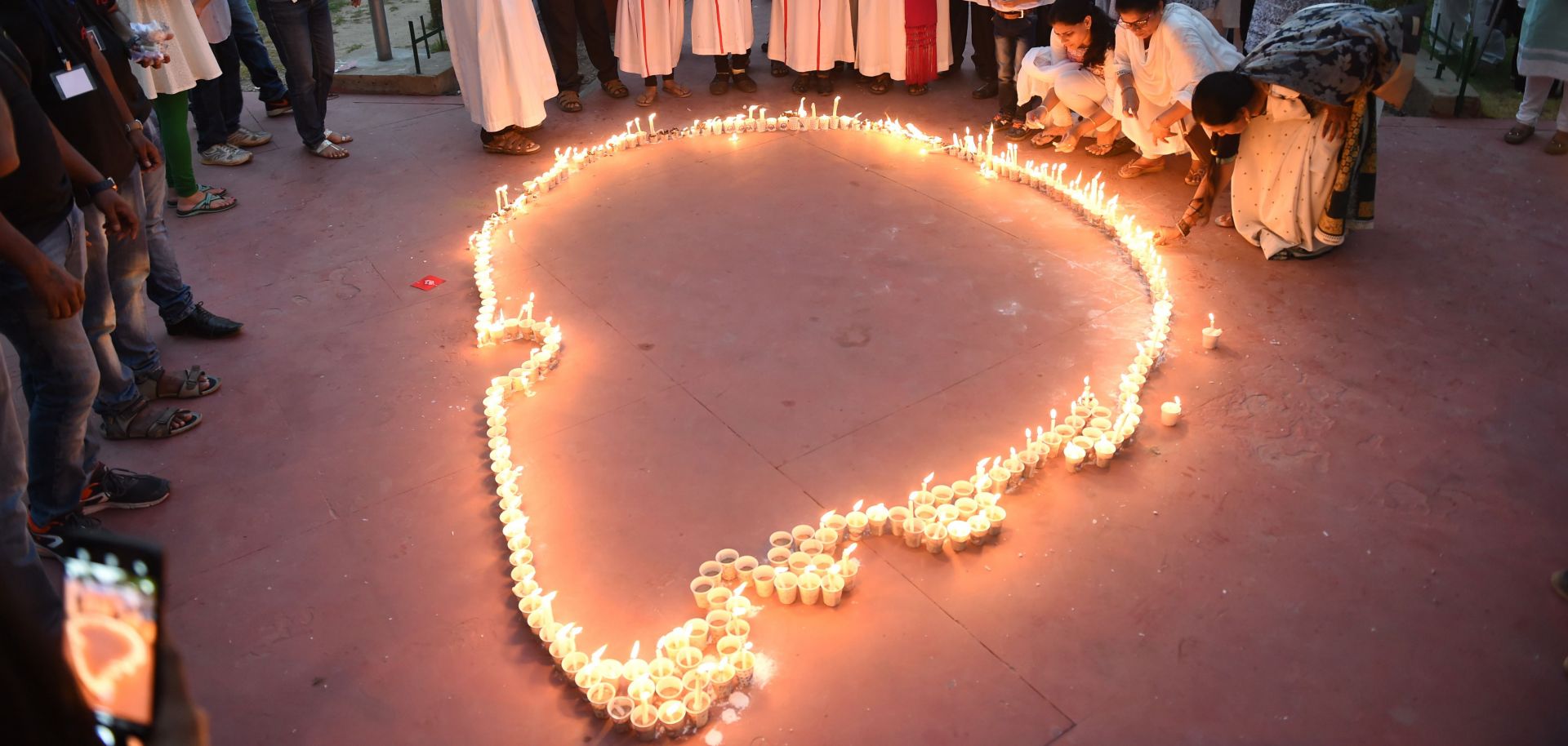COLUMNS
What the Easter Attacks in Sri Lanka Tell Us About the Islamic State

Apr 30, 2019 | 09:00 GMT

Candles in the shape of Sri Lanka on April 29 in Ahmedabad, India, to show solidarity with victims of the Easter 2019 attacks in Sri Lanka.
(SAM PANTHAKY/AFP/Getty Images)
Highlights
- While a jihadist attack on Easter was unsurprising, the site of the attack, Sri Lanka, was.
- The bombings show the Islamic State movement continues to pose a threat through its franchise groups and grassroots terrorists, but are not a useful gauge of its core organization.
- The jihadist threat in Sri Lanka will no longer be ignored, and future would-be attackers will face a far less permissive environment.
Proceed to sign up
Register NowAlready have an account?
Sign In